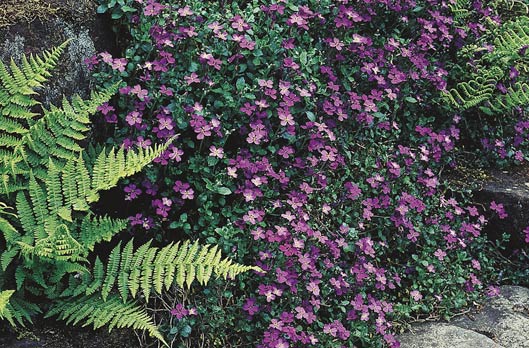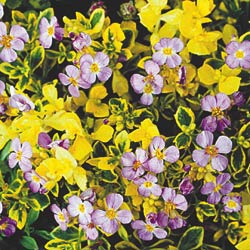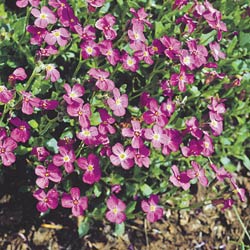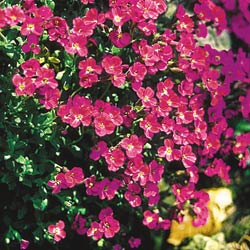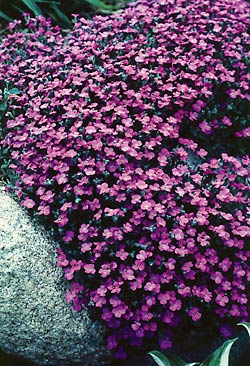From NPR:
With remnants of once-legal lead paint, leaded gasoline and other pollutants from the nation’s industrial past tainting land in U.S. cities, soil researchers warn that the growing number of urban farmers and community gardeners need to test their dirt and take steps to make sure it’s safe.

